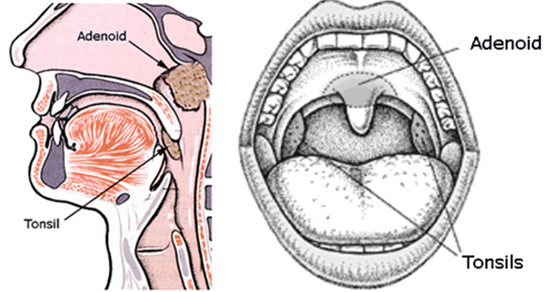Introduction
Tonsils, the small masses of tissue located at the back of the throat, are part of the body’s immune system. They play a crucial role in preventing infections by trapping bacteria and viruses that enter through the mouth and nose. However, there are instances where tonsils become infected or enlarged, causing discomfort and difficulty in swallowing. In such cases, doctors may recommend a tonsillectomy, a surgical procedure to remove the tonsils. But can tonsils grow back after being removed? This question has sparked curiosity and concerns among many individuals. In this article, we will explore the truth behind this common misconception.
Understanding Tonsillectomy
A tonsillectomy is a common surgical procedure performed to remove the tonsils. It is often recommended when individuals experience recurrent tonsillitis, sleep apnea, or other complications related to enlarged or infected tonsils. During the procedure, a surgeon carefully removes the tonsils, providing relief from the symptoms and improving overall health. Tonsillectomies are usually performed on an outpatient basis, and patients can return home the same day or after a short observation period.
The Myth of Tonsils Growing Back
The idea that tonsils can grow back after being removed is a persistent myth. Once the tonsils are surgically removed, they do not grow back. The misconception might stem from the fact that some individuals experience a recurrence of tonsillitis or throat infections even after a tonsillectomy. However, this recurrence is not due to the tonsils regrowing; rather, it could be caused by other factors, such as exposure to new infections or the presence of residual bacteria in the throat.

Possible Reasons for Recurrent Symptoms
- Incomplete Removal: In some cases, if the surgeon does not completely remove all the tonsil tissue during the procedure, there might be a chance of recurrence. However, modern surgical techniques and equipment have significantly reduced the likelihood of incomplete removal.
- Adenoids: Sometimes, individuals confuse adenoids with tonsils. Adenoids are another set of tonsil-like tissues located at the back of the nasal cavity. If adenoids are causing recurrent symptoms, they might need to be removed separately.
- New Infections: After a tonsillectomy, individuals are still susceptible to throat infections caused by viruses or bacteria. These new infections can lead to symptoms similar to those experienced before the tonsillectomy.
- Chronic Inflammation: In some cases, chronic inflammation of the throat or other underlying medical conditions can cause symptoms similar to those of tonsillitis, even after the tonsils have been removed.
Conclusion
In summary, the notion that tonsils can grow back after being removed is a misconception. Once the tonsils are surgically removed, they do not regenerate. Recurrence of tonsillitis-like symptoms after a tonsillectomy can be attributed to various factors, such as incomplete removal, adenoid-related issues, new infections, or chronic inflammation.
It is essential for individuals who have undergone a tonsillectomy and experience recurrent symptoms to consult their healthcare provider. Proper diagnosis and appropriate treatment can help manage the symptoms effectively. Additionally, individuals considering a tonsillectomy should discuss any concerns or questions with their healthcare provider to gain a better understanding of the procedure and its potential outcomes.
In conclusion, while tonsils do not grow back after being removed, understanding the reasons behind recurrent symptoms can help dispel myths and provide accurate information to individuals seeking answers about their health.

